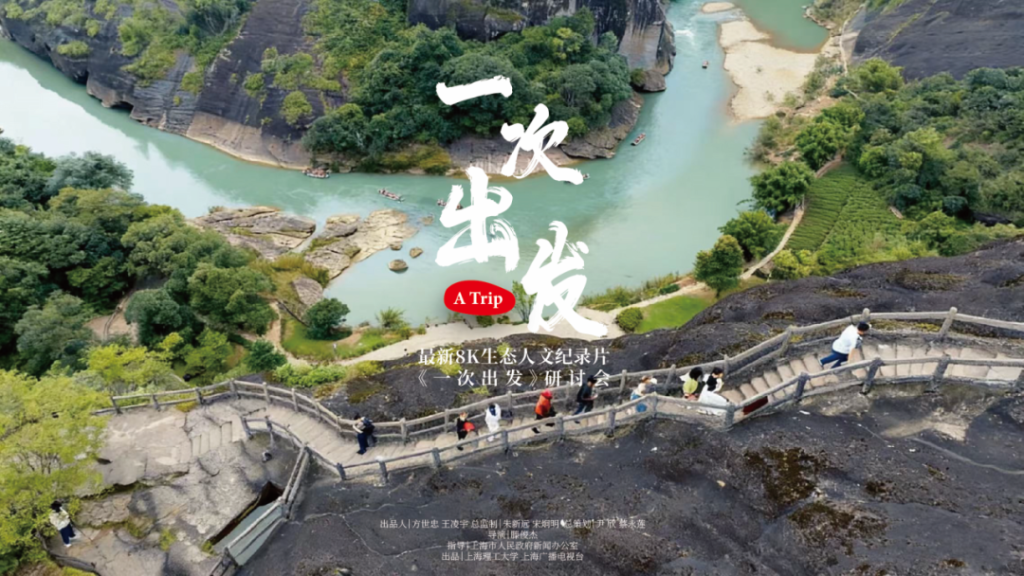
Taking you to places that are hard to see even in person, the documentary "Potala Palace" was broadcast on Tencent Video on August 6.

Poster of Potala Palace
The Potala Palace has always been a place of concern and yearning for us. The documentary "Potala Palace" was created by a Han-Tibetan team over a period of more than three years. From the aspects of history, architecture, cultural relics, art, humanities and folk customs, natural environmental protection, and modern life, it goes deep into the interior of the Potala Palace and the surface of the cultural relics, and presents this treasure of human civilization in a holographic panoramic way. In addition to the static presentation and intuitive display of the palace buildings, collections of cultural relics, mural communities and other cultural relics, "Potala Palace" also pays close attention to and records the skilled craftsmen living in Tibet, delicately reflecting the unique charm and profound heritage of Tibetan culture.
It is worth noting that actor Hu Ge dubbed the Potala Palace in Mandarin. Through seven episodes, it tells the vivid story of creating, inheriting and guarding the national culture around the Potala Palace. At the same time, this documentary is also an important part of the State Ethnic Affairs Commission's "100-episode Special Documentary: National Cultural Journey".
The first episode of "Potala Palace" is called "Forging Civilization", which starts with the 2021 Lunar New Year. More importantly, the Tibetan New Year and the Lunar New Year are on the same day. On New Year's Eve, fireworks bloomed around the Potala Palace, which was a worldly joy and bustle. In the thick night, two monks carried a huge Tongqin and came to the open area on the top of the Potala Palace in silence. Tongqin, also known as the big Dharma horn, is one of the two main and representative melodic instruments in Tibetan Buddhism. It is mainly used for grand celebrations or to summon monks. Its sound is grand, the tone is low and majestic, and it reaches far and wide. The story of the Potala Palace also begins with the distant sound of the Dharma horn...
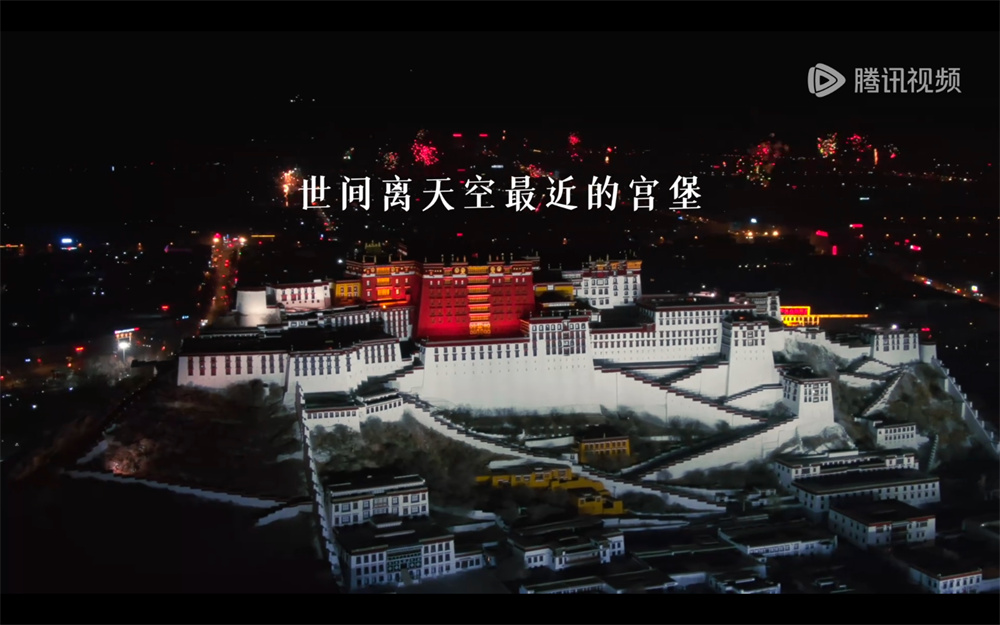
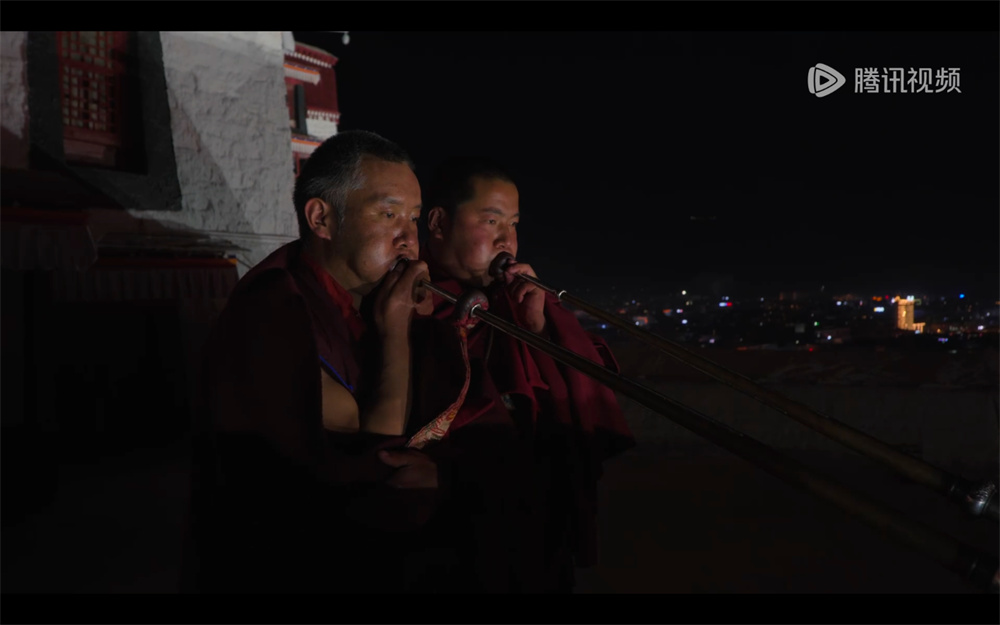
Screenshot of Potala Palace
Speaking of the features of the documentary "Potala Palace", one of the producers and chief producer Zhang Shuang said that "Potala Palace" was a rare achievement in filming everything that should be filmed, bringing cultural relics to life. It was also the first time that many first-class cultural relics were filmed and displayed in ultra-high definition, all-round and without blind spots. "The Tibet Autonomous Region Government, the United Front Work Department, the Cultural Relics Bureau, and the Potala Palace Management Office gave us 'everything that should be filmed', and this was a very rare opportunity. Among the many documentaries about the Potala Palace, ours should be one of the ones with the most cultural relics, scenes, and characters involved," Zhang Shuang introduced.
In the first episode, two Buddhist sculpture sculptors and a Buddhist sculpture expert from the Potala Palace Administration will take the audience to the Dharma King Cave, which is the "historical core" of the Potala Palace and a "rare" place as Zhang Shuang mentioned. According to historical records, Songtsen Gampo once practiced here.
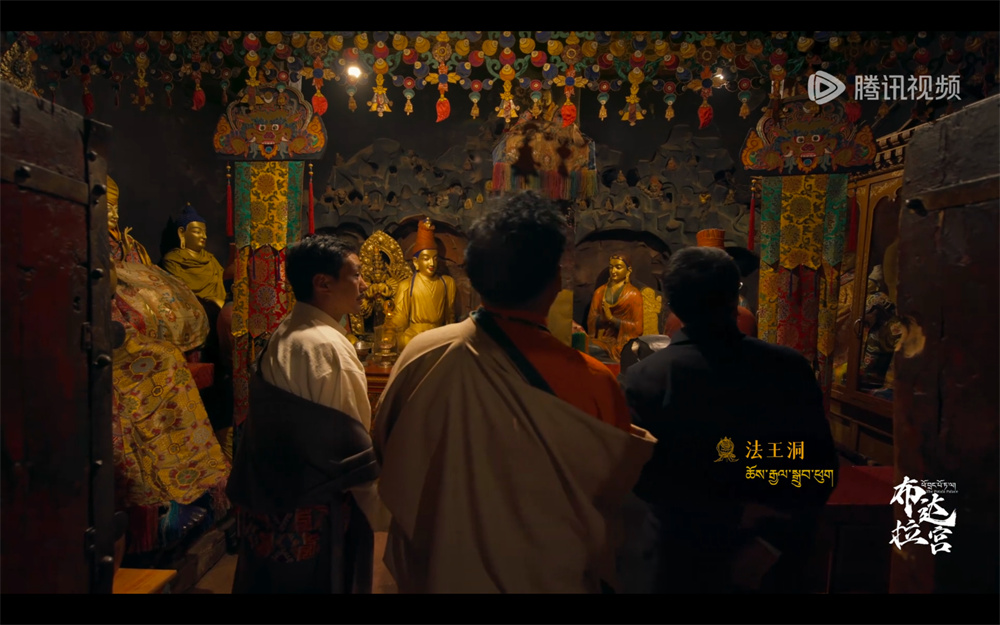
Dharma King Cave
Going up one level from the Dharma King Cave, you will arrive at the oldest Buddhist temple in the Potala Palace, the Pabalakhang. The wooden statue of Avalokitesvara here is said to be personally worshipped by Songtsen Gampo. Compared with the Buddha statues in the big temple halls, she is small, less than one meter high, with a kind face and a round face. The gold foil and gorgeous clothes show her extraordinary momentum. She occupies a special position in the hearts of the Tibetan people. The Avalokitesvara statue has stood on the golden lotus platform for more than a thousand years. During the long years, it was moved to another place due to the turbulent situation. It was not until the mid-seventeenth century that it returned to the Potala Palace. There are two statues of Avalokitesvara on its left and right, one is carved from sandalwood and made during the seventh Dharma King period; the other is made of gilded copper and made during the eighth Dharma King period.

Guanyin
During the reign of the 12th Dalai Lama, the Tongzhi Emperor of the Qing Dynasty inscribed a plaque for Pabbalakhang, with the words "Futian Miaoguo" written in four languages: Manchu, Chinese, Tibetan and Mongolian. It was in gold on a blue background and hung high above the lintel of the Holy Guanyin Hall.
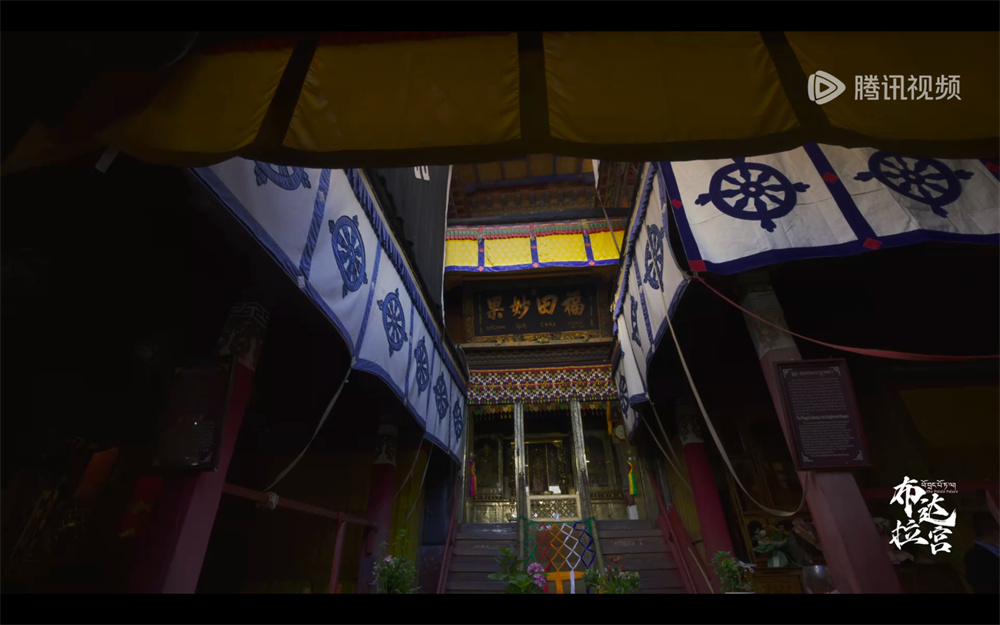
"When finite life faces endless time and space, it gives rise to perception and creation, which is precisely the most dynamic part of human civilization." The camera scans the statues in the Potala Palace one by one. They are exquisite, solemn and majestic. The life and creativity of each sculptor have gained eternity through them.

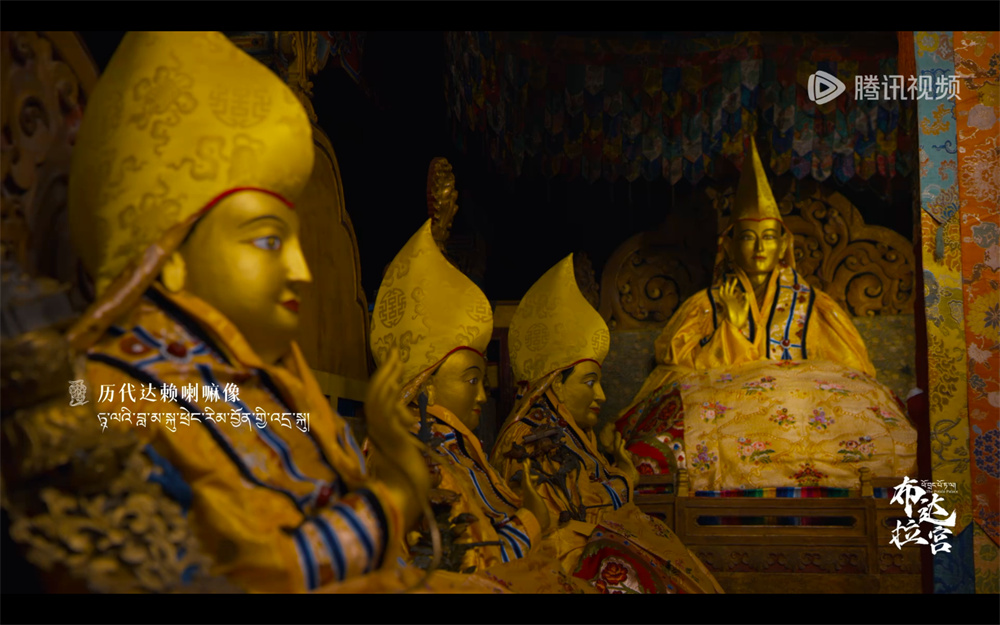

Screenshot of Potala Palace
The film took three years to shoot, with a huge amount of material. Regarding the editing and production of this documentary, post-production director Zhang Zhaowei said: "The film organically combines hard-core cultural and historical themes with the lives of ordinary people through the thread of character stories. It also allows everyone to feel peace and beauty through the characters' attitudes towards life, living, and culture."
Regarding the specific operation, Zhang Zhaowei introduced, "When we were editing, we used almost all the materials that could be used, but there were some more moving stories that might not be convenient to present at this time. But I think about 80% or even 90% have been presented, and we also tried our best to make the best arrangement and combination in the editing process. When you see the whole film, you will find that the same story may not be in the same episode, but may be distributed in different episodes, and it will assume different narrative functions."
"Potala Palace" is a story about cultural relics, but it is also more of a story about people.
The most touching part of the first episode is everyone splashing sweet walls together. The Potala Palace mainly consists of the White Palace represented by white walls and the Red Palace represented by red walls. This dazzling contrast of colors makes the majestic Potala Palace towering on the mountain more eye-catching and sacred. In order to keep the red and white walls that are always exposed to the sun and rain bright and shiny, the Potala Palace Management Office organizes staff to maintain the appearance of the palace every year during the transition from autumn to winter. Interestingly, believers can also participate in this activity. The liquid splashed on the wall, as its name "Splashing Sweet Wall" suggests, is a mixture of milk, white sugar, brown sugar, etc. mixed with other materials. Its main function is to make the wall powder more sticky and not easy to fall off.
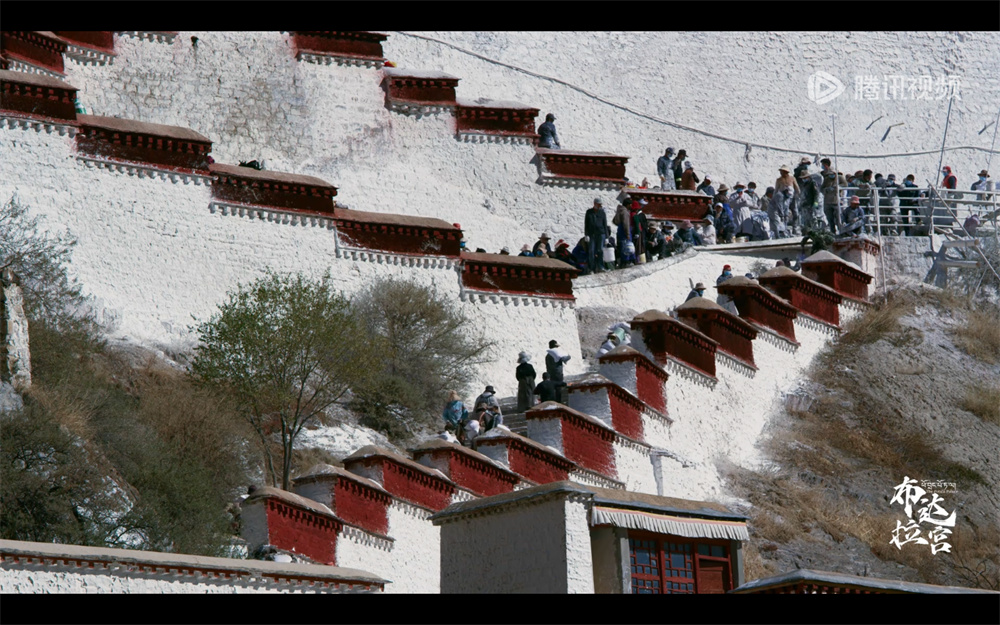
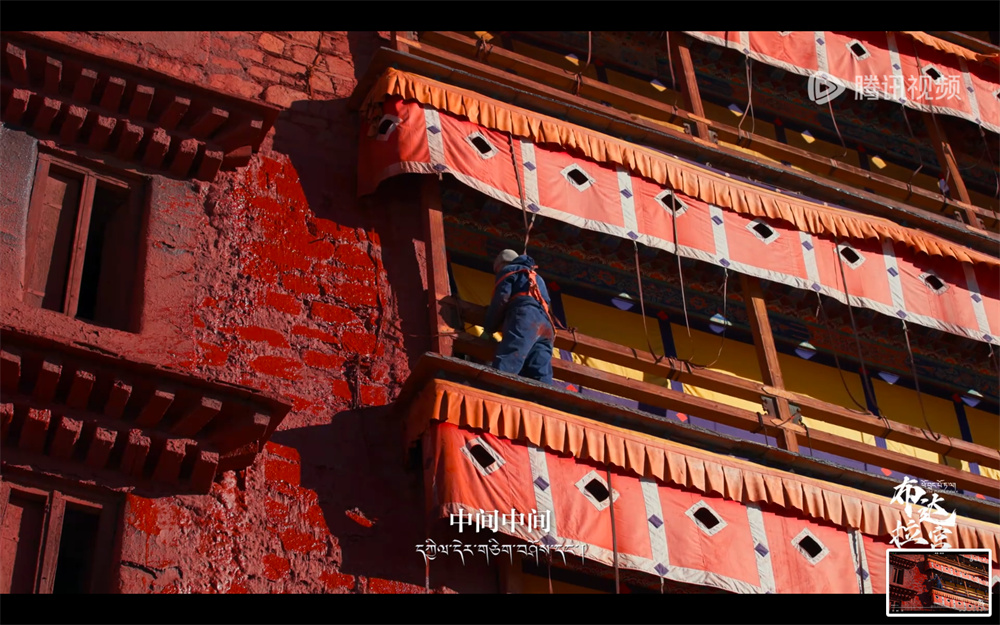
Sweet Wall
Wang Tiezhi, chief editor of the documentary "Potala Palace" and chief editor of the China National Culture Resource Library, said: "A major feature of the film is the combination of grand narrative and character stories. It reflects history, the maintenance of the Potala Palace and the inheritance of traditional skills through character stories. While showing the unique charm of Tibetan culture, it also reflects the exchange and integration of ethnic cultures."
Like the Sweet Wall, Tibetans still maintain a simple life, labor and faith. They farm on time, and the monks in the Potala Palace still recite the Bayeux Scriptures, which have a history of more than 2,500 years. Generations of copyists have worked tirelessly, their bodies exhausted in labor, but the texts and the civilization they carry are timeless. There are more than 60 people in "Potala Palace", and about 20 stories are told. The stories of these ordinary people constitute the most moving chapter of the documentary "Potala Palace".
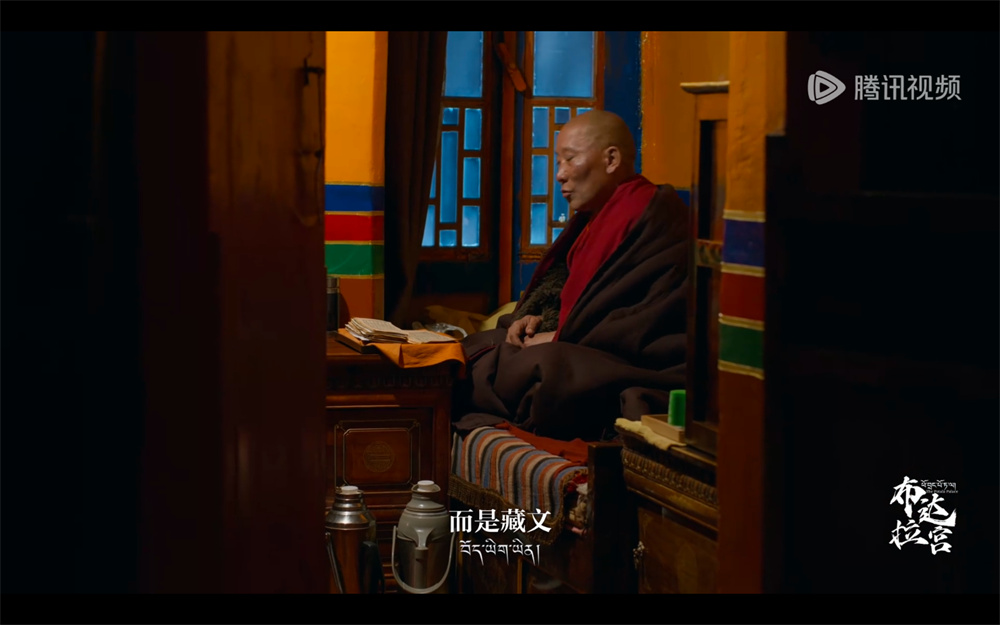
Monks reading palm leaf scriptures in the Potala Palace
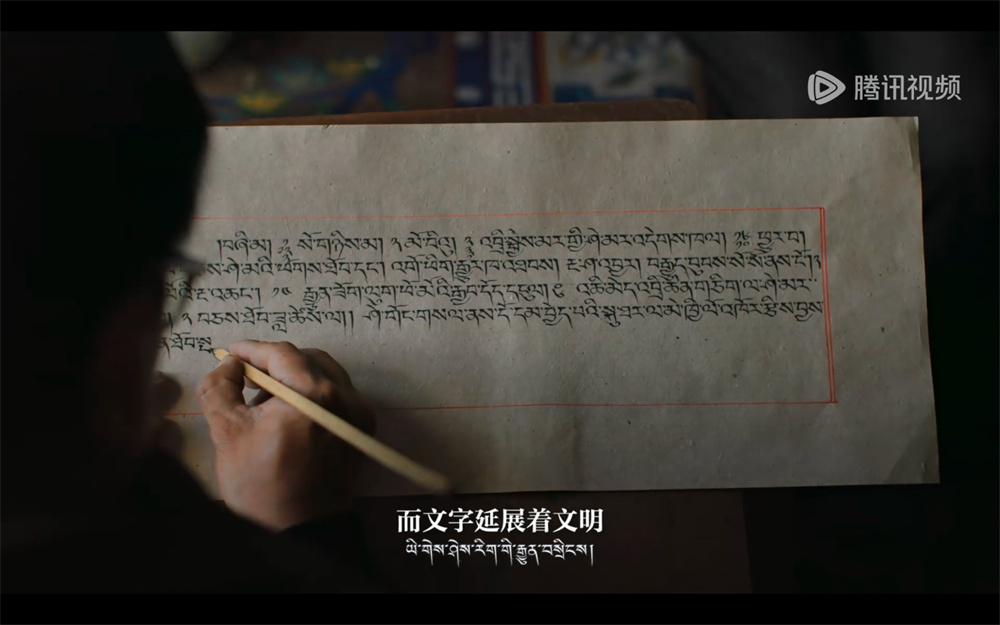
Copying ancient books in the Potala Palace

An old copyist, who became blind in his later years due to long-term use of his eyes, held up a model of the Potala Palace, where he had copied ancient books for most of his life.
Another aspect that the filmmakers put a lot of effort into was to fully respect the religious culture of Tibet. Zhang Shuang, one of the producers and chief producer of Potala Palace, said that because the religious culture and customs of Tibet are very different from those of the Han people, "Before we went, we told all the staff to respect the differences in customs and etiquette, and to be very careful throughout the filming process. There was an interesting point. There was a couple with two children, with the Potala Palace in the background. The director asked them if they could kiss. Then the Tibetan teachers and experts said: No, Tibetans are very shy, and kissing and other intimate actions are absolutely not allowed outside."

Screenshot of Potala Palace
"Potala Palace" was dubbed by Hu Ge, and producer Zhu Lexian also shared the behind-the-scenes story of Hu Ge's dubbing with the audience: "Hu Ge thinks this is a very meaningful thing. After successfully completing a day's dubbing work, he even cured his insomnia problem." At the same time, Zhu Lexian believes that whether it is the platform, the producer, or the staff involved in "Potala Palace", they all have the same hope of spreading the excellent Chinese culture.

Hu Ge

